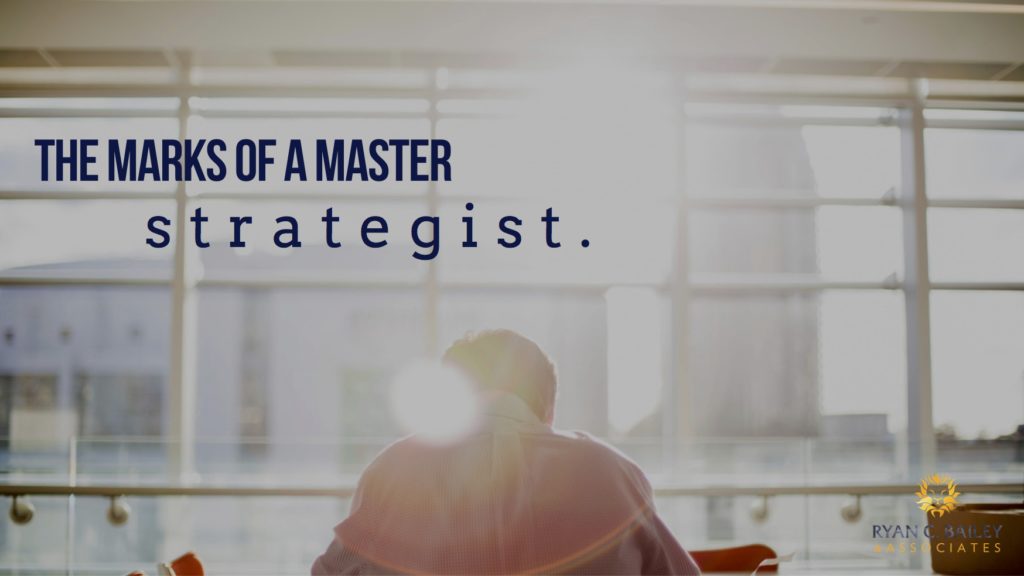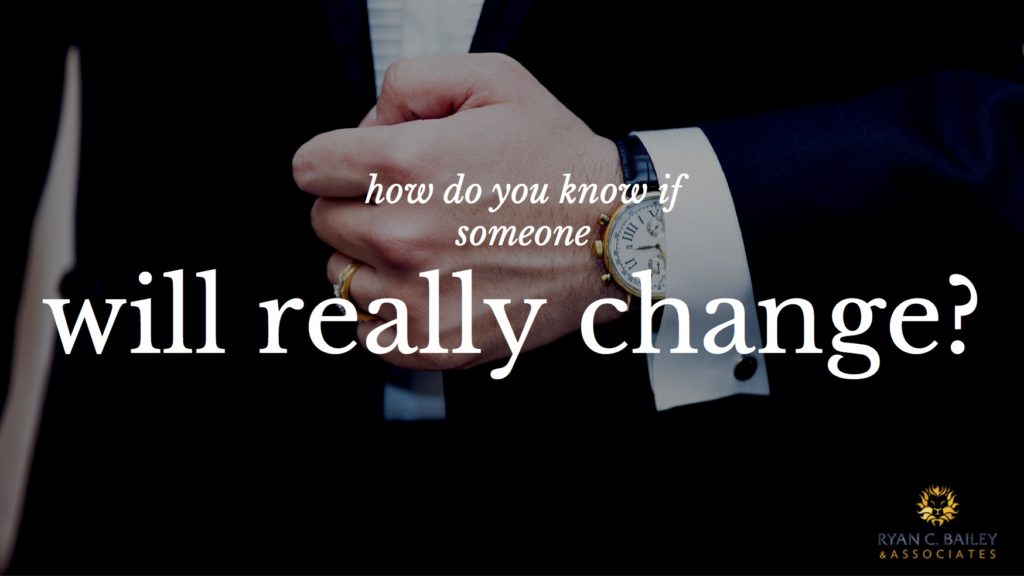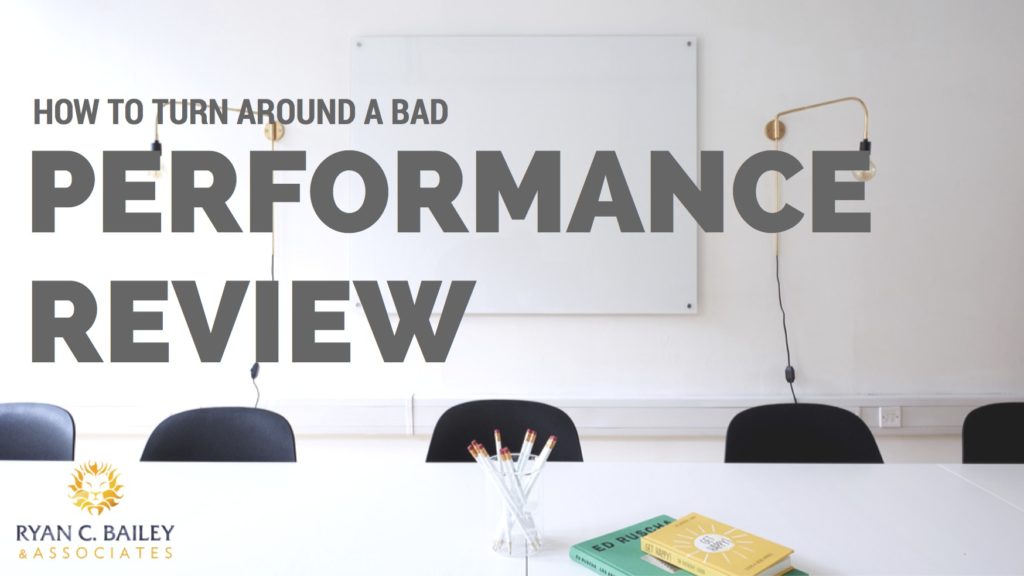Embarking on a coaching engagement can be both a liberating and intimidating thing. It gives us the safety to process difficult interactions and freedom to pursue ideas; it also can be one of those things that our pesky persistent human nature tells us we “need to do right.” And while there is no exact right or wrong way to go about a session or entire engagement, there are a few things you can do in preparation of a coaching session to ensure you get the most out of your time with your coach.
Prepare a topic (or topics) that you’d like to work through that day.
Identifying a few things you might want to address with your coach before the session begins can help you get focused during the actual session faster. Spending less time trying to figure out what you want to talk about leaves more time for insights, which ultimately result in development. (See here for a list of what to talk about during a coaching session.)
Before you walk in the door, take note of how you are feeling.
Are you feeling restless? Relieved? Overwhelmed? Joyful? Empty? Frustrated? While feelings are not facts, they are always data. Positive or negative, sharing how you are feeling with your coach gives both of you the opportunity to explore where those feelings might come from and how they might be working into your life and work currently. Identifying your feeling and its origins is the first step to foreseeing and overcoming barriers that might arise.
Remind yourself that you may feel challenged.
The blessing and burden of participating in a coaching engagement is that while you will be validated, you will also be challenged. Good coaches will not hold back in their observations of you – both in the session itself and what they are hearing through a story you’re telling – because they know those observations are crucial to your development. Growth is a hard journey because it requires us to confront the parts of ourselves we are uncomfortable with, but it is because of our courageous confrontations that we are able to see ourselves more clearly and thus behave in a way that is more aligned with who we desire to be.
Prepare yourself at a heart level to explore any insights that arrive.
The narrative we create of ourselves, even in the workplace, is consistently validated through our experiences in the world – whether or not they are true. Our human tendency towards confirmation bias means that we often don’t see the full picture of what is happening; we only see the pieces that make sense to us based on our story. Coaching sessions have the magical ability to bring insight into the story we tell ourselves about ourselves in ways that validate and well as ways that challenge. The willingness to explore all those areas deeper will only serve you well as you continue to pursue your goals.
Be gentle with yourself when it comes to perceived progress.
Other people often see us better than ourselves, especially when that other person is someone whose job it is to help you see yourself more clearly. Because we spend all day with ourselves, it can often feel like we are stuck or not making any progress. Be gentle with yourself when you feel this way, and speak up to your coach if this is the feeling you are experiencing. Your coach may be able to help you identify areas in which you are growing without you noticing, or you can draft a different plan forward together.
Coaching sessions, whether you are a people leader or not, are intended to help people identify their strengths, set goals, address the barriers to those goals, and grow to the next level. By taking just a few minutes to prepare your brain and your heart for an upcoming session, you expedite the amount of time it takes to get to the focus during the session and give yourself the advantage of gaining more insights during the hour with your coach. In this way, you maximize your growth opportunities over the course of the engagement and will realize a greater impact in your life overall.
Chew on this:
How has past preparation helped you get further in an area of your life?
How can you better prepare for your development in the future?







